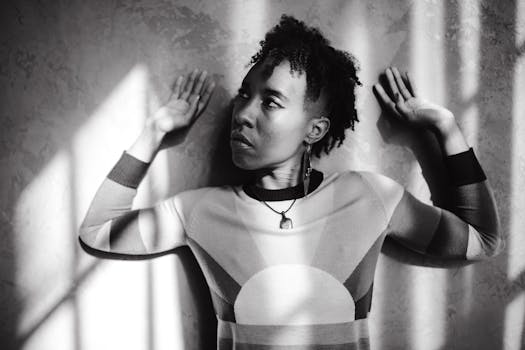
The Profound Influence of African Art on Western Modernism
Takeaways: African art has played a crucial role in shaping Western modernism by inspiring artists, challenging conventional aesthetics, and fostering cultural exchange. This article delves into the connections between African art and major modern art movements, illustrating the depth of this influence.
Introduction

African Art: A Brief Overview

During the late 19th and early 20th centuries, Western artists began to encounter African art through colonial exhibitions, ethnographic museums, and the burgeoning interest in non-Western cultures. This exposure prompted a reevaluation of artistic values, leading many artists to embrace the distinct aesthetic qualities of African art, such as its bold colors, geometric shapes, and expressive forms.
The Influence on Key Modern Art Movements
The impact of African art on Western modernism can be seen across various artistic movements, including Fauvism, Cubism, and Expressionism. The Fauves, led by artists like Henri Matisse and André Derain, were among the first to draw inspiration from African motifs and color palettes. They admired the emotional intensity and vividness that characterized African art, which led them to experiment with color in new and revolutionary ways.
Perhaps the most significant influence emerged with the advent of Cubism, pioneered by Pablo Picasso and Georges Braque. Picasso’s encounter with African masks and sculptures in the early 1900s profoundly impacted his work, particularly in the creation of his iconic painting, “Les Demoiselles d’Avignon.” This artwork is often heralded as a turning point in modern art, as it broke away from representational forms and embraced abstraction, a principle deeply rooted in African artistic traditions.
Moreover, the African aesthetic encouraged artists to explore new dimensions of form and space, leading to the development of abstract art. Artists like Wassily Kandinsky and Paul Klee were also influenced by African art, integrating its principles into their works to evoke emotion and spirituality beyond mere representation. This cross-cultural exchange laid the groundwork for many subsequent movements, including Surrealism and Abstract Expressionism.
Challenges and Cultural Appropriation

In recent years, there has been a growing movement towards recognizing and celebrating the originality of African art and its creators. Artists and scholars advocate for a more equitable appreciation of African aesthetics, emphasizing the importance of context, history, and cultural significance. This shift encourages a deeper understanding of how African art can coexist with contemporary practices without diminishing its value.
Conclusion







